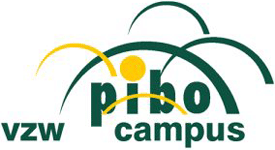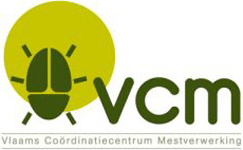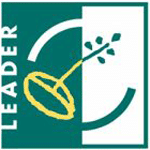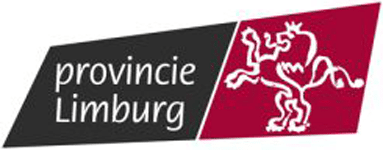Project location
From the late 1990s, there has been an overall decline in the organic matter content of agricultural land in Flanders. Haspengouw arable plots in particular are characterised by low organic matter content. In the municipalities of Borgloon (68%), Gingelom (50%), Heers (80%), Riemst (56%), Sint-Truiden (50%) and Tongeren (59%), the carbon content is below the target zone on a significant percentage of arable fields (Soil Fertility Survey 2012-2015). Supply of soil organic (carbon) matter is important for, among other things, improving soil structure, reducing soil erosion, increasing moisture holding capacity (and hence climate adaptation), activating microbial life, nutrient input and reducing nutrient leaching.
To maintain carbon content, sufficient organic matter must be supplied each year, in the form of crop residues, green manures, organic fertilisers or soil conditioners. Due to increasingly stringent manure legislation, less organic matter is supplied from animal manure and arable farmers use a significant proportion of artificial fertilisers to meet the crop's nutrient demand.
Thick fraction, after separation from slurry, is an interesting source of organic matter, which is also easy to transport compared to raw manure (80% water). Characteristically, the organic matter and phosphate accumulate in the thick fraction. The thick fraction is usually diverted to composting, drying or fermentation, after which the final product is mainly disposed of in France. In this way, large quantities of carbon are exported from Flanders.
The project "Thick fraction as boost for organic matter" aims to ensure that Haspengouw arable farmers learn about the possibilities and benefits of fertilising with thick fraction. The main focus will be on arable farmers who currently use few animal manure products, for example because there is little neighbourhood regulation available.
As a first step, it is important that the available scientific knowledge on the fertiliser value and working coefficient, timing of application, combination with other fertilisers, etc. flows through to the farmer and that he can then implement this knowledge in a correct and user-friendly way in the effective fertilisation of his fields. On the other hand, it is also important to find out what the expectations of arable farmers are regarding the thick fraction. In other words, to determine what the demand is, so that supply can be matched to it. By achieving this matchmaking between supply and demand, we can ensure that more organic fertilisers are used instead of artificial fertilisers and that soil quality improves.
Achievements
In autumn 2018, the practical guide thick fraction published. This practical guide goes over the entire process, from production to application. This guide is a realisation of PIBO-Campus vzw, PVL Bocholt vzw and VCM vzw.
If you want more detailed information on the thick fraction product, you can also check the literature review consulting. This literature review is a publication of Bodemkundige Dienst van België vzw and VCM vzw.
This project is being realised with the support of EAFRD.


